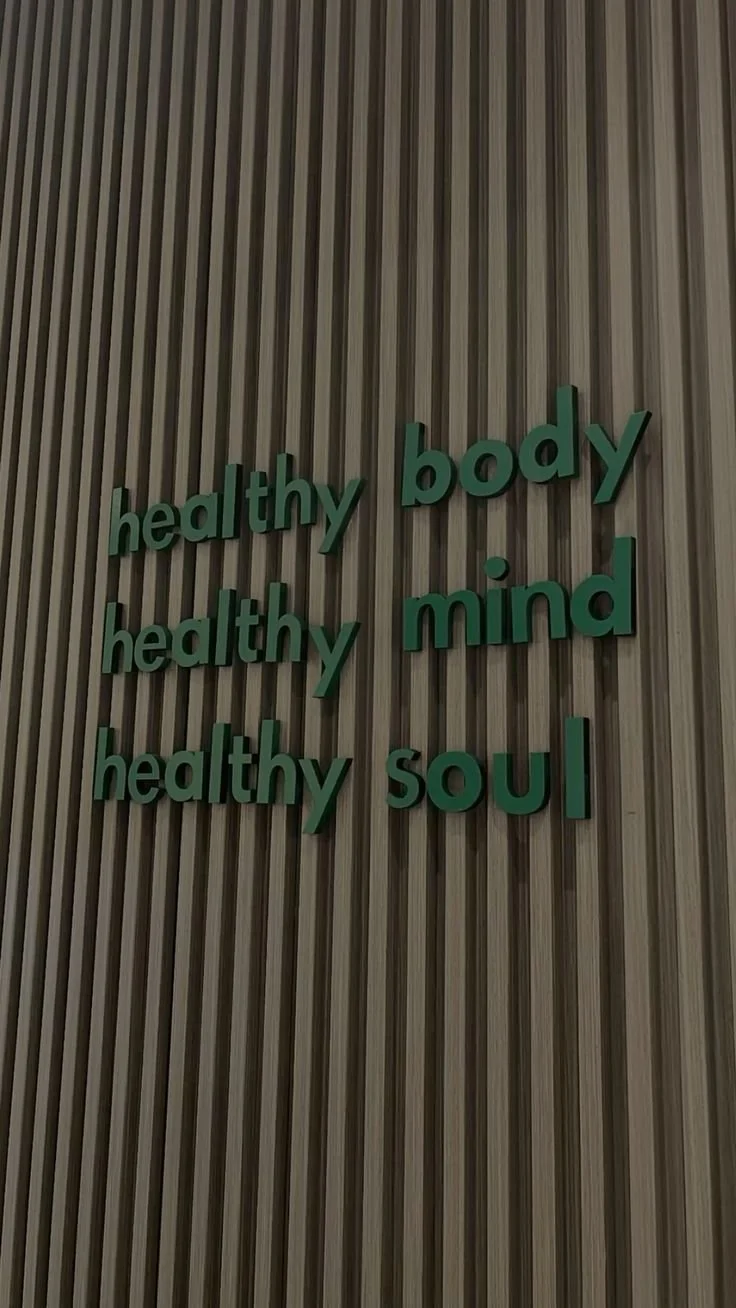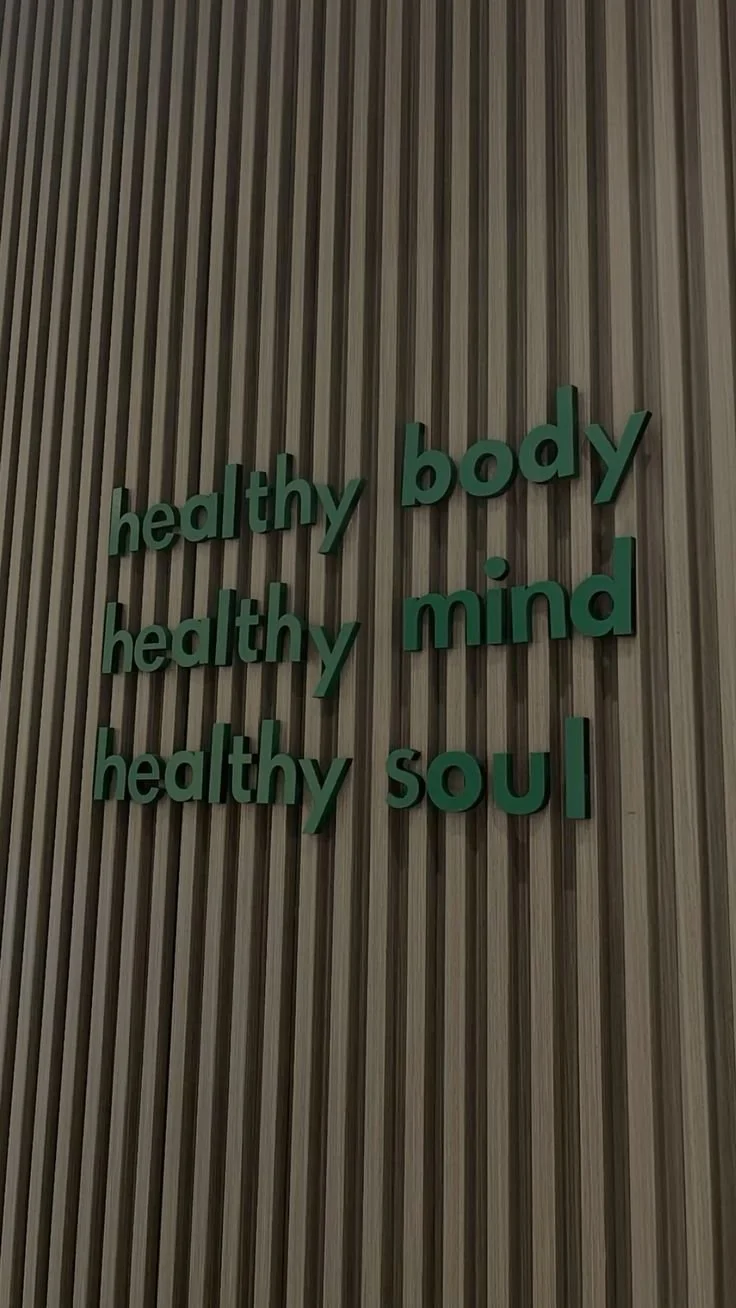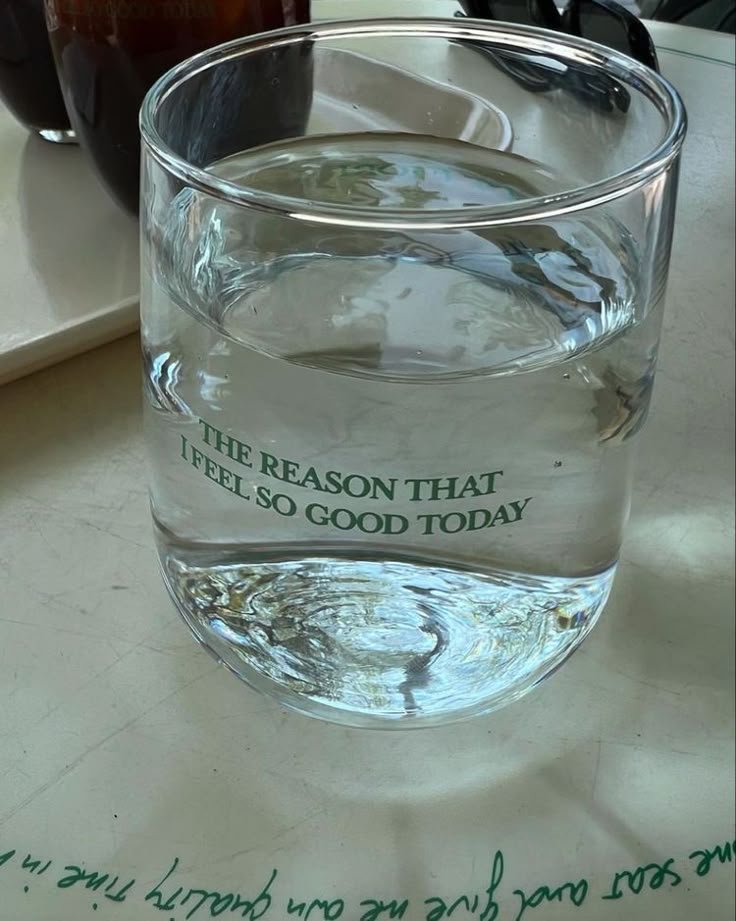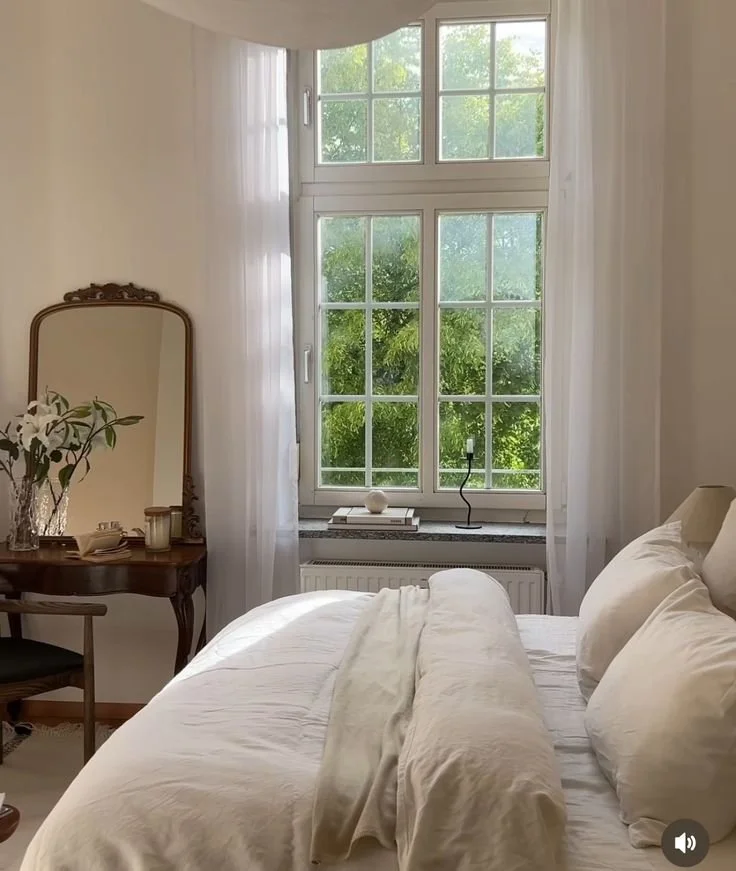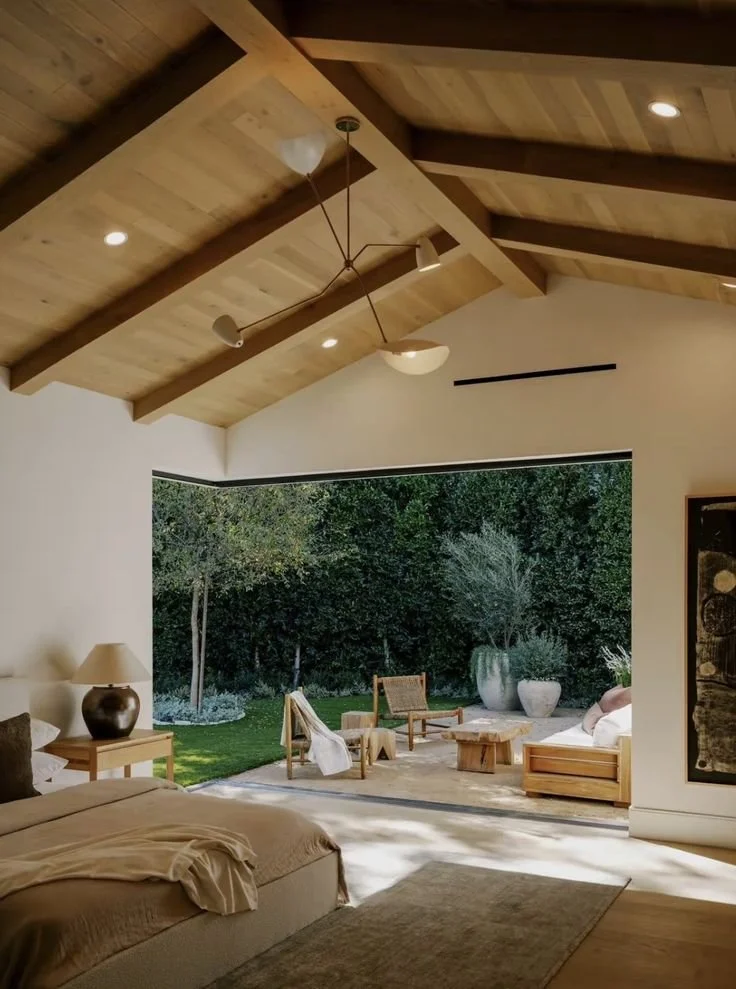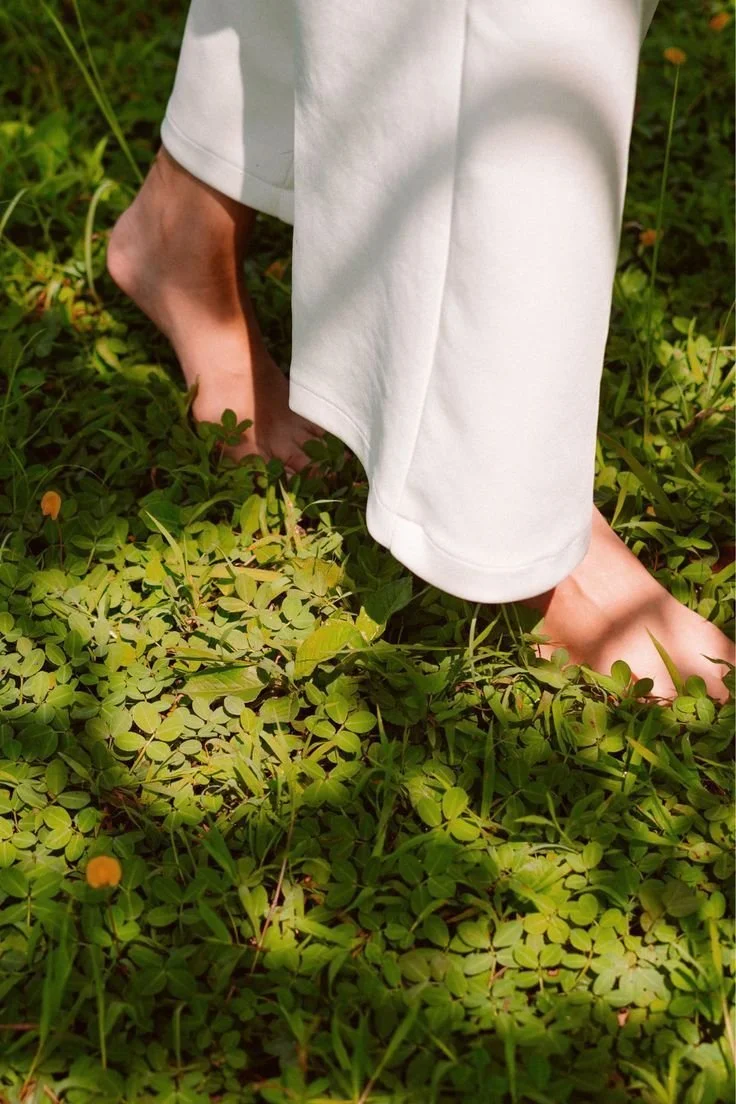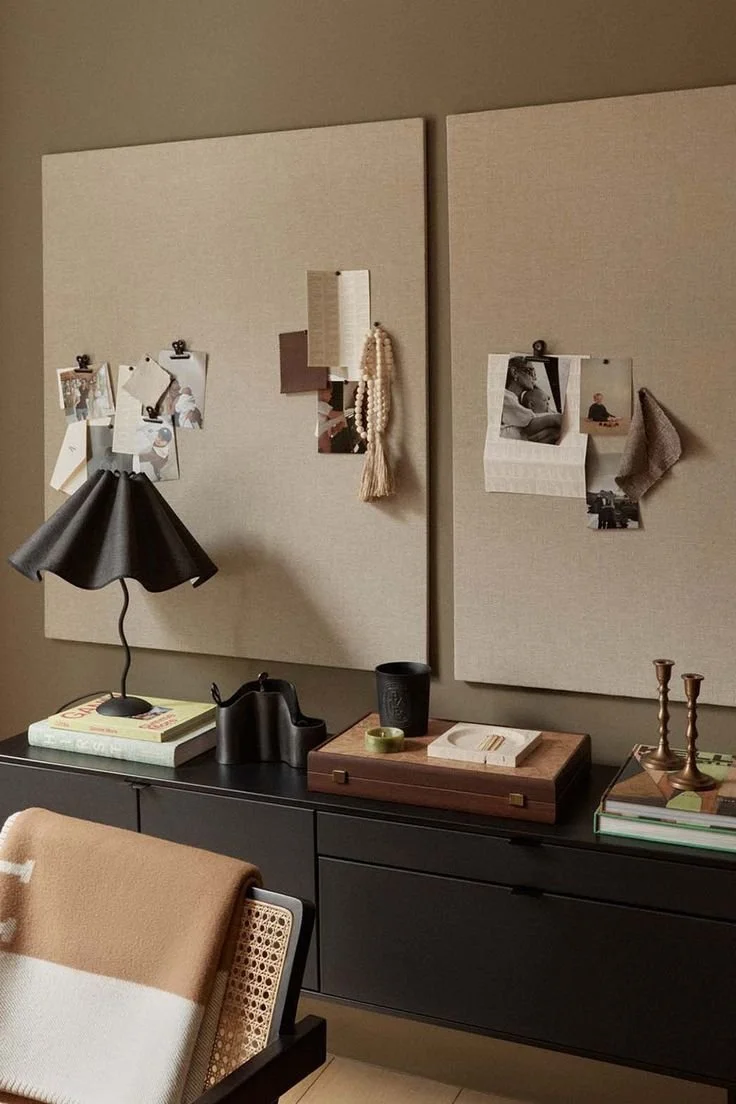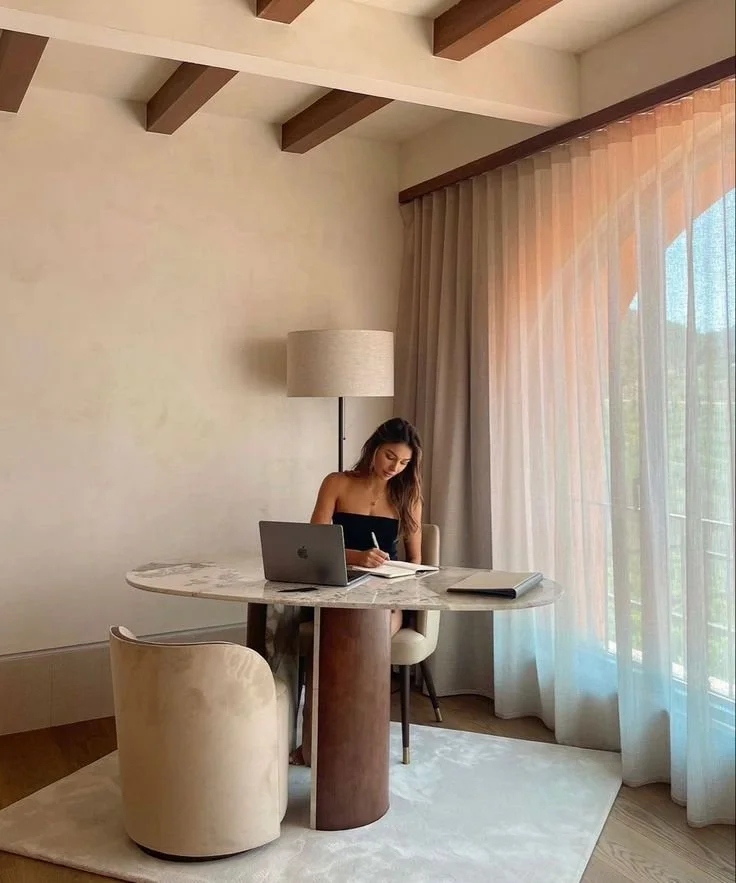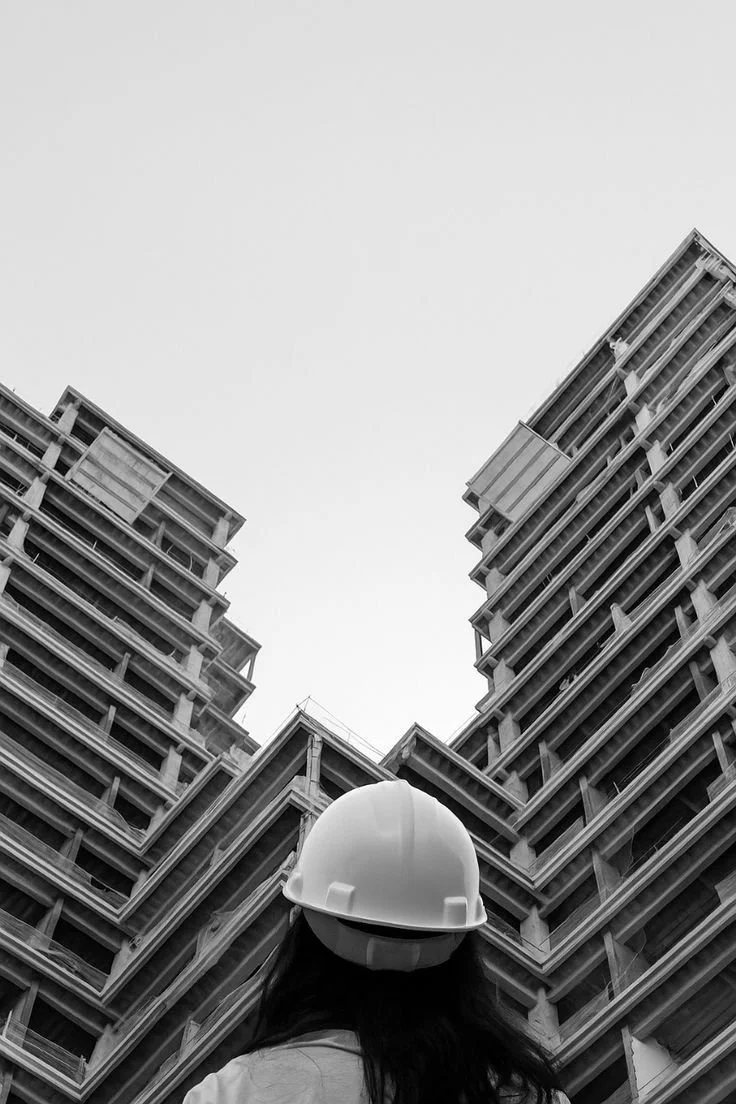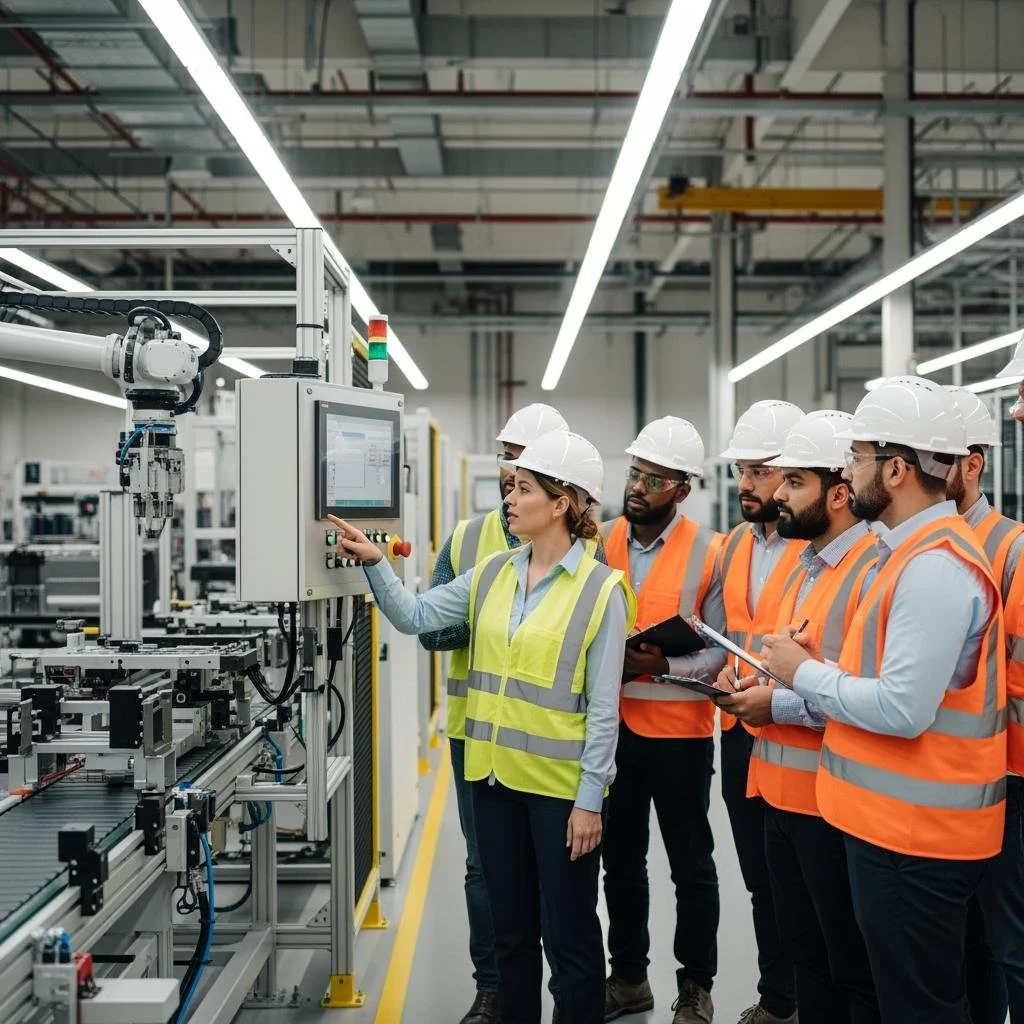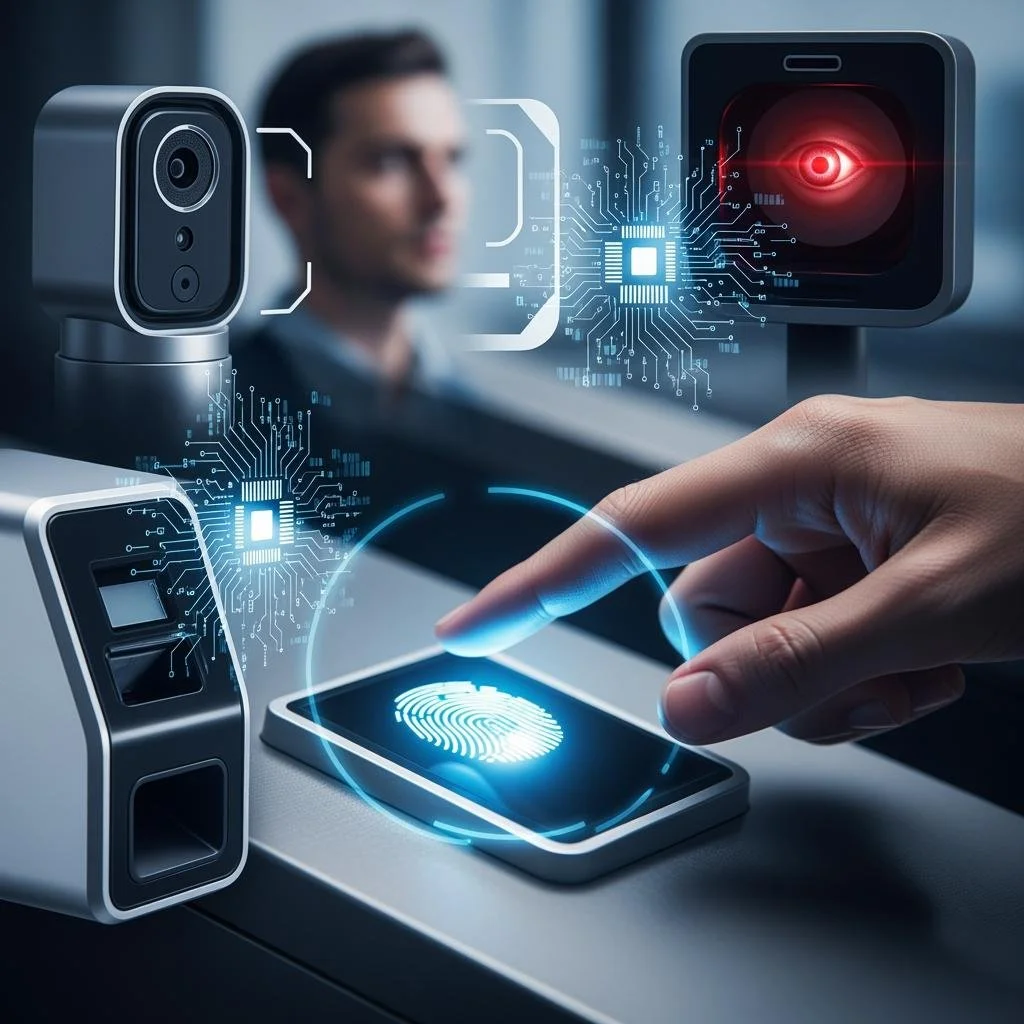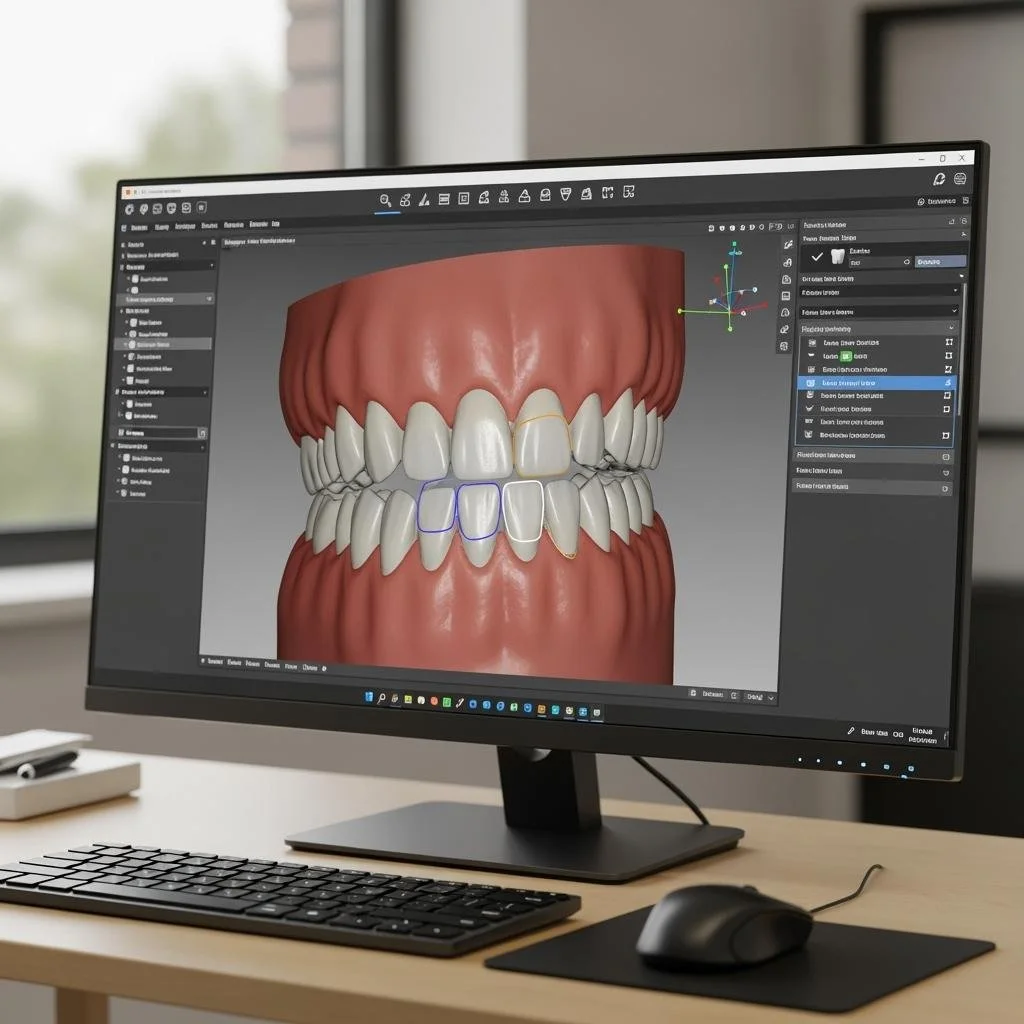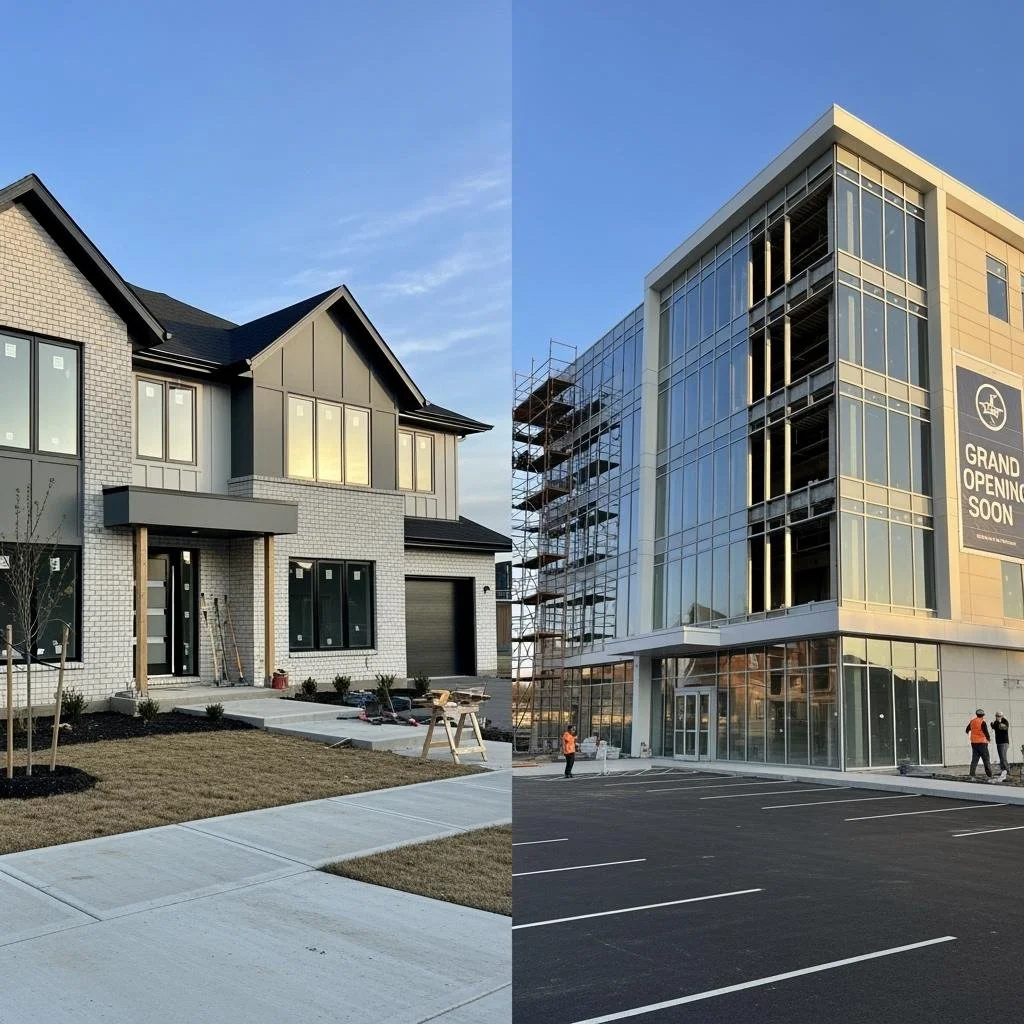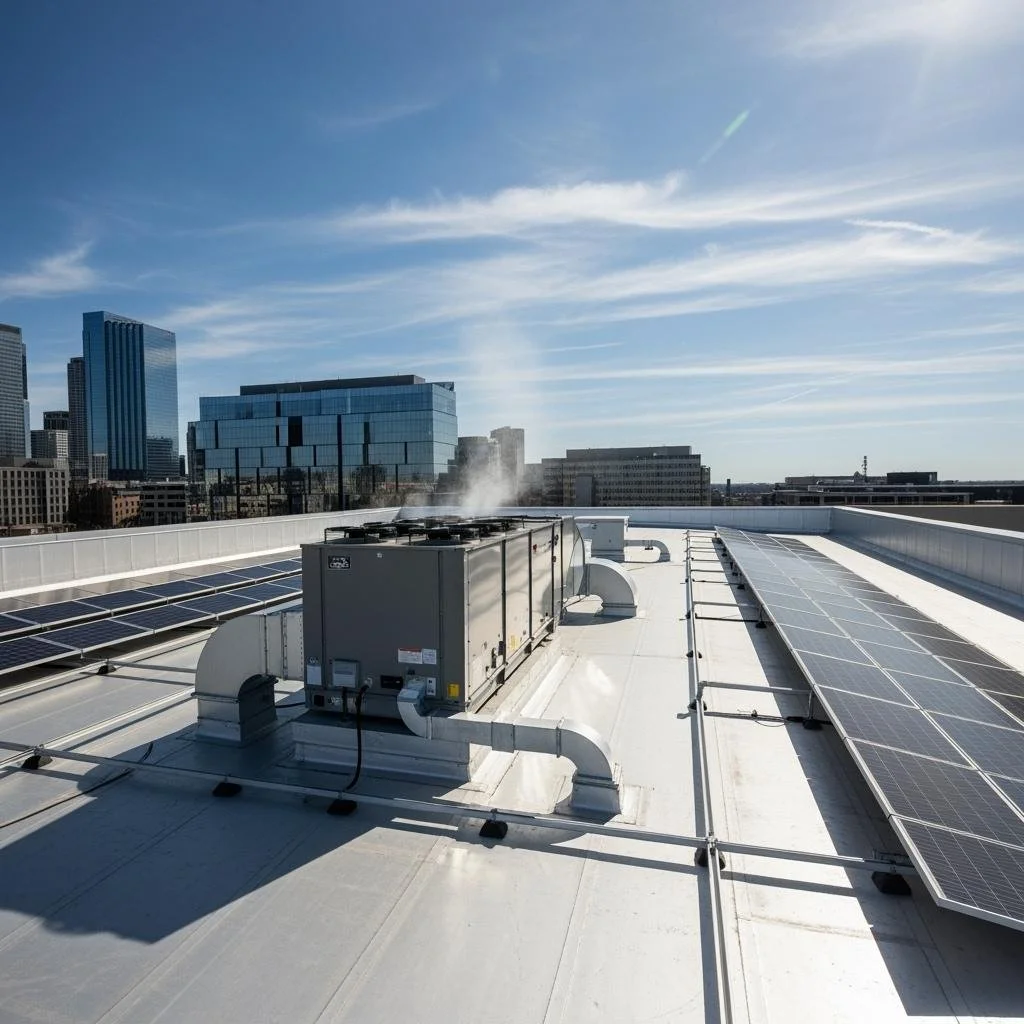Are you constantly feeling drained, unwell, or simply not yourself? You're not alone. Many people find themselves stuck in a cycle of poor health, unsure of how to break free. Whether it’s persistent fatigue, recurring aches, or just a general sense of imbalance, these issues can take a toll on your quality of life. The truth is, waiting for things to magically improve rarely works. If you’re tired of feeling bad about your health, it’s time to take action.
In this article, we’ll explore practical, empowering steps you can take to regain control over your well-being. From making sustainable lifestyle changes to seeking professional guidance and educating yourself on health fundamentals, these strategies are designed to help you feel better—physically, mentally, and emotionally.
No. 1
Make the Necessary Lifestyle Changes
One of the most impactful things you can do for your health is to take an honest look at your current lifestyle. If you already suspect that your habits aren’t supporting your well-being, that’s the first sign that change is needed.
Key lifestyle adjustments to consider:
Incorporate regular physical activity: You don’t need to become a gym fanatic overnight. Start with daily walks, yoga, or light cardio. Movement is medicine.
Prioritize nutrition: Cook balanced meals that include whole foods, lean proteins, healthy fats, and plenty of fruits and vegetables. Avoid excessive sugar and processed foods.
Improve your sleep hygiene: Aim for 7–9 hours of quality sleep per night. Establish a calming bedtime routine and limit screen time before bed.
Stay hydrated: Drinking enough water is essential for energy, digestion, and overall function.
These changes won’t transform your health overnight, but consistency is key. Small, sustainable improvements can lead to significant long-term results.
No. 2
Seek Advice from the Right Professionals
If you’ve been feeling off for a while and can’t pinpoint the cause, it’s time to consult with the right healthcare professionals. Self-diagnosing or ignoring symptoms can delay necessary treatment and make things worse.
Steps to take:
Start with your primary care physician: They can perform initial assessments, run tests, and help identify any underlying issues.
Get referrals to specialists: Depending on your symptoms, you may need to see a chiropractor, a nutritionist, a physical therapist, or a mental health counselor.
Be proactive and persistent: If one professional doesn’t give you the answers you need, don’t be afraid to seek a second opinion.
For example, if you’re experiencing chronic back pain, a chiropractor might be able to help realign your spine and relieve pressure. While results aren’t guaranteed, targeted care increases your chances of improvement.
Bio Optimizers
BiOptimizers specializes in premium supplements designed to enhance digestion, nutrient absorption, and overall well-being.
No. 3
Educate Yourself on General Health and Wellness
Knowledge is power—especially when it comes to your health. The more you understand about how your body and mind function, the better equipped you’ll be to make informed decisions.
Areas to focus on:
Basic nutrition and dietary needs
The importance of physical activity and mobility
Mental health and stress management techniques
Preventive care and regular check-ups
Don’t forget that mental and physical health are deeply connected. Prioritizing one while neglecting the other often leads to imbalance. For example, chronic stress can manifest physically as headaches, fatigue, or digestive issues. Learning how to care for both your body and your mind is essential for lasting wellness.
Takeaways
If you’re tired of feeling bad about your health, the most important thing to remember is this: you have more control than you think. While some health issues are out of our hands, many are influenced by the daily choices we make and the actions we take.
In this article, we’ve covered three powerful steps to help you reclaim your health:
Making meaningful lifestyle changes
Seeking guidance from the right professionals
Yes, it’s hard. Yes, it requires effort. But the payoff—feeling stronger, more energized, and more in tune with yourself—is worth every step. Don’t wait for things to get worse. Start today, even if it’s just one small change. Your future self will thank you.
Looking for Wellness resources?
Are you looking to enhance your wellness routine? Explore our wellness partners who offer a wide range of resources to support your journey toward holistic living and well-being.
